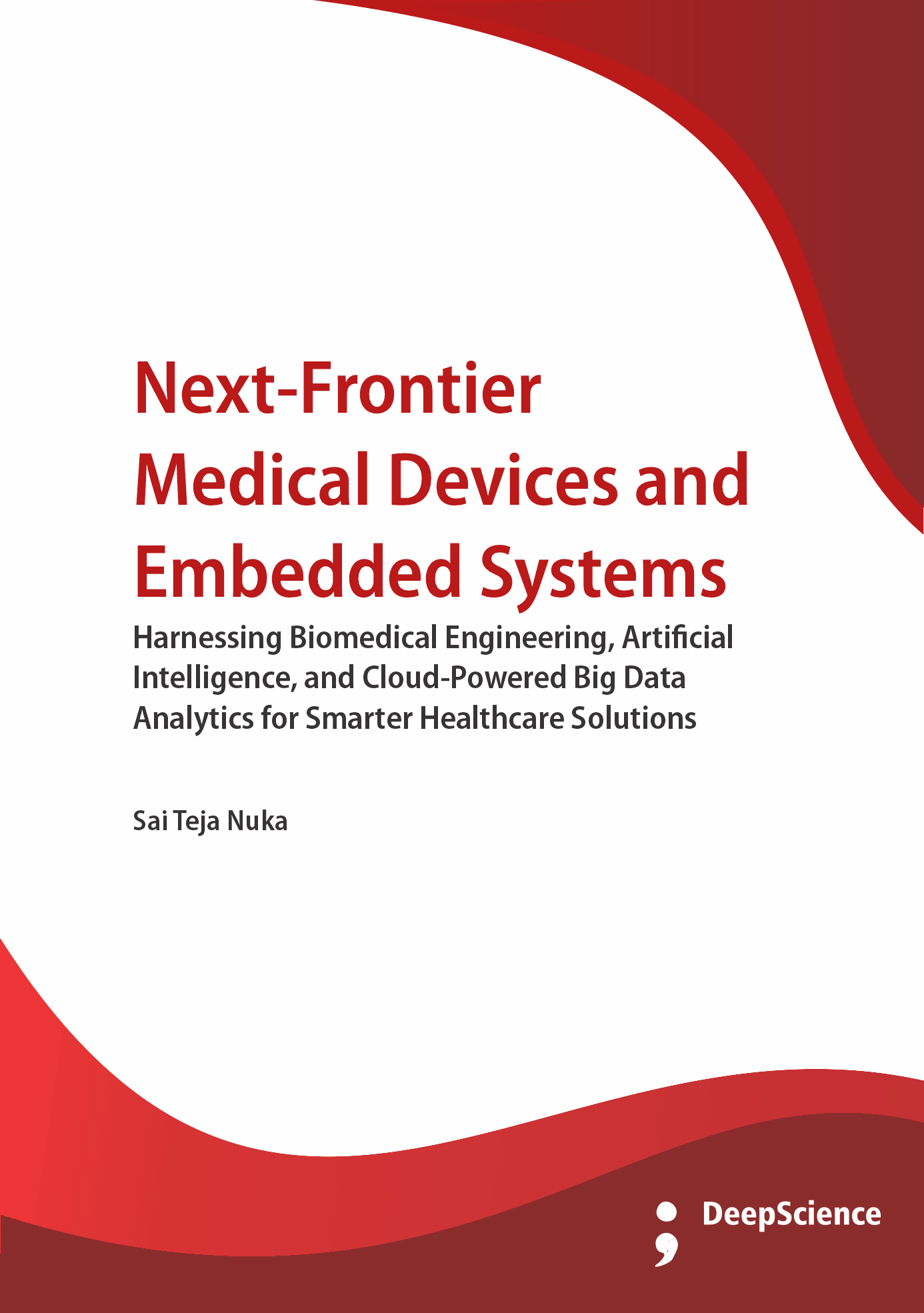Overview of medical and mechanical devices in modern healthcare systems
Synopsis
The current practice of medicine incorporates the use of many different kinds of medical and mechanical devices, which might fall under the broad categories of diagnostics, therapeutics, surveillance, rehabilitation, and care. These devices are designed to facilitate the evaluation of the body and its responses to insults of any sort, and these devices may also circumvent illness or injury by repairing the damage done or by taking over, temporarily or permanently, some of the functions of the damaged body (Dubey et al., 2017; Rehman et al., 2022; Badawy et al., 2023). There are mechanical devices to absorb secretions, to monitor heart rhythms, and to make flow measurements such as the volume of blood perfusing a body part. There are devices to deliver drugs, medications, and nutrients to achieve various therapeutic goals. There are devices to withstand joint musculoskeletal loads. There are devices to stimulate muscle contractions or nerve responses. There are prosthetic and orthotic devices to return people to the world of normal living. These devices may be as simple as splints and ambulatory aids or as complex as computer-driven bionic devices. Such is the cornucopia of mechanical devices available for use in a modern healthcare system. The introduction of these devices has enabled physicians to work more efficiently and has given patients greater flexibility of care and a more normal lifestyle (Tuli et al., 2019; Shaik et al., 2023).













